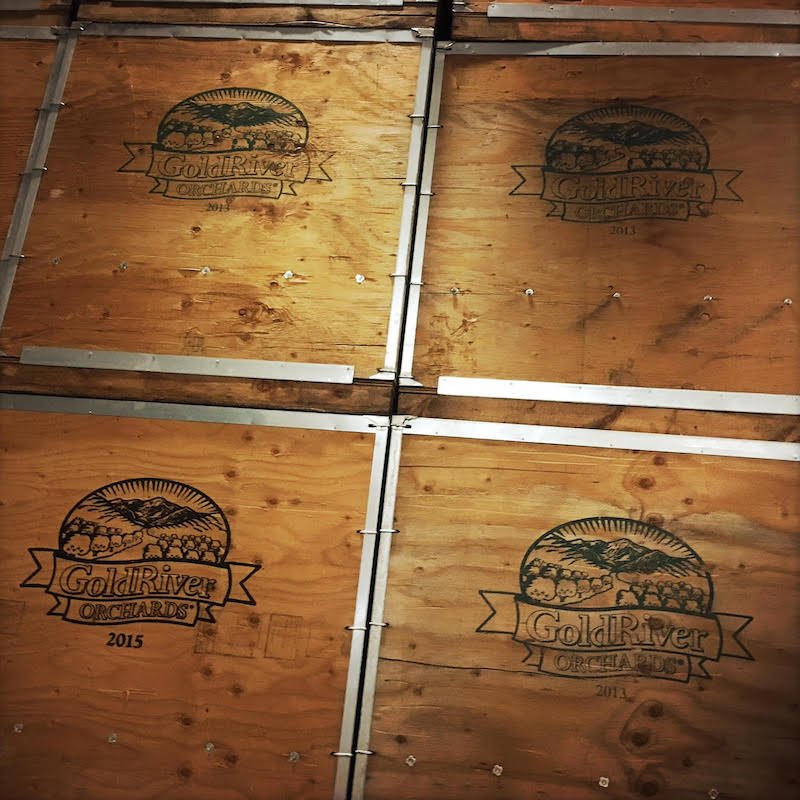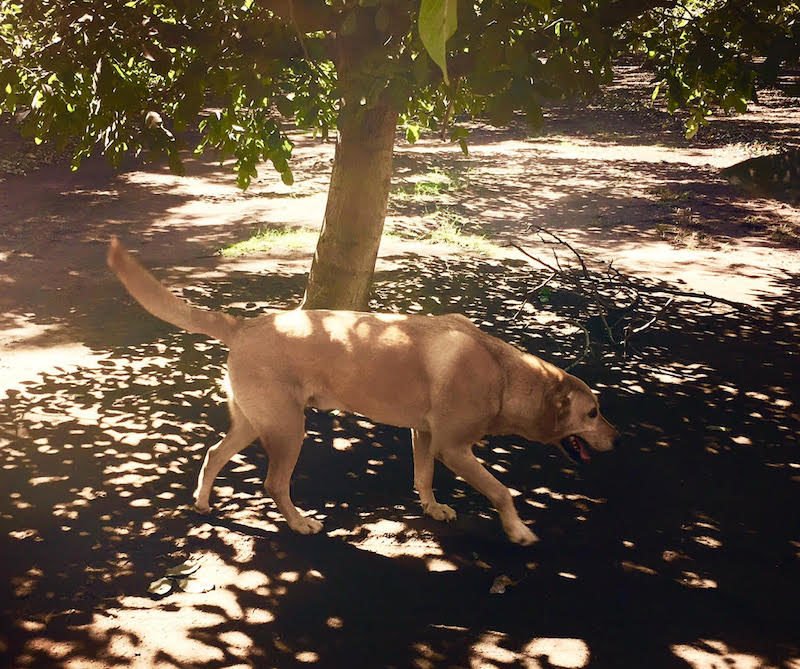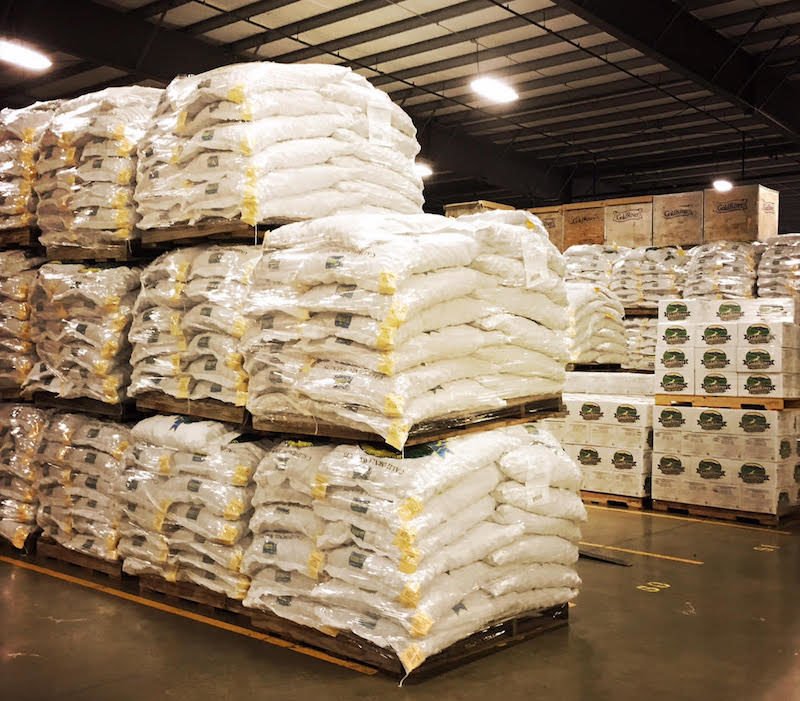 Whenever possible, I like to know where my food comes from, on both a geographical and personal level. Personal, as in whose hard work do I have to thank for the tasty, nutritious foods on my plate. That’s why I buy my beef from a local family ranch, shop farmers markets whenever possible, and enjoy having the opportunity to peek behind the scenes of what goes on during growing and processing.
Whenever possible, I like to know where my food comes from, on both a geographical and personal level. Personal, as in whose hard work do I have to thank for the tasty, nutritious foods on my plate. That’s why I buy my beef from a local family ranch, shop farmers markets whenever possible, and enjoy having the opportunity to peek behind the scenes of what goes on during growing and processing.
Last week, I was fortunate to be able to take that behind-the-scenes look at the California Walnut harvest. The California Walnut Board hosted 17 dietitians from around the country to get up close and personal with the harvesting and processing of this super nutritious nut. Fun fact: Did you know that California produces 99 percent of the country’s walnuts? Oregon produces a tiny crop, but if you’re eating a walnut, you can be pretty sure it came from sunny California.

Family Farms and Love of the Land
There are 315,000 acres of walnut trees in California on about 4,500 farms, and most of those are family farms. We were welcomed to Barton Ranch, which has been owned and operated for more than 100 years by the Barton family (that’s a remnant of the original tree, along with photos of the founders, above). It was amazing to hear from three generations of walnut farmers (all of whom clearly had a love of the land and joy in what they did, even though farming is hard work and a bit perilous, when you consider that a freak ill-timed hailstorm can decimate a year’s crop).
The farm dog seemed pretty joyful, too, and was quite open to being scratched behind the ears by a bunch of dietitians.

Shaking the Tree
It was also fascinating to see all steps of the harvest process, starting with the shaking of the walnut trees:
Once on the ground, the nuts are “swept” into neat rows for collection by special equipment.
There are more than 30 varieties of walnuts grown in California, but four varieties make up most of the harvest: Hartley, Chandler, Howard and Tulare. Chandler, the most popular, is a milder nut, which some people prefer, while others prefer more spritely nuts (they have some bitterness that not all palates appreciate). Walnut farmers like to grow multiple varieties, because it extends the harvest season (not all varieties are ripe at the same time).

Safety First
The levels of safety and care taken at every step of the processing process are robust, from ferreting out foreign matter (sticks, twigs, rocks, golf balls from the neighboring country club) to running the shelled nuts through metal detectors to make sure nothing ends up in the package…intentionally or otherwise. (We weren’t allowed to wear any jewelry into the processing plant and head to wear hairnets, the great fashion equalizer.) They produce a LOT of nuts and ship them all over the world, so safety is serious business.

A very high-quality operation, and I am so glad I had a chance to see it. Tomorrow, some things to know about buying and storing walnuts so that they taste as delicious as possible and you benefit as much as possible from their wonderfully healthy oils.
Disclosure: My travel expenses were paid for by California Walnuts, but my (many) thoughts, as always, are totally my own.






